“Initially, Gary was very frosty. I said, ‘On this track, you used the “Greeny” Les Paul, didn’t you?’ And his eyes lit up”: Inside the final Gary Moore gear auction – from the amps behind his sound to the red Strat that unleashed his blues power
With the last of Moore’s guitars going under the hammer, we join Claire Tole-Moir of Bonhams and Neville Marten, former Guitarist editor and friend to Gary, to examine his extraordinary collection
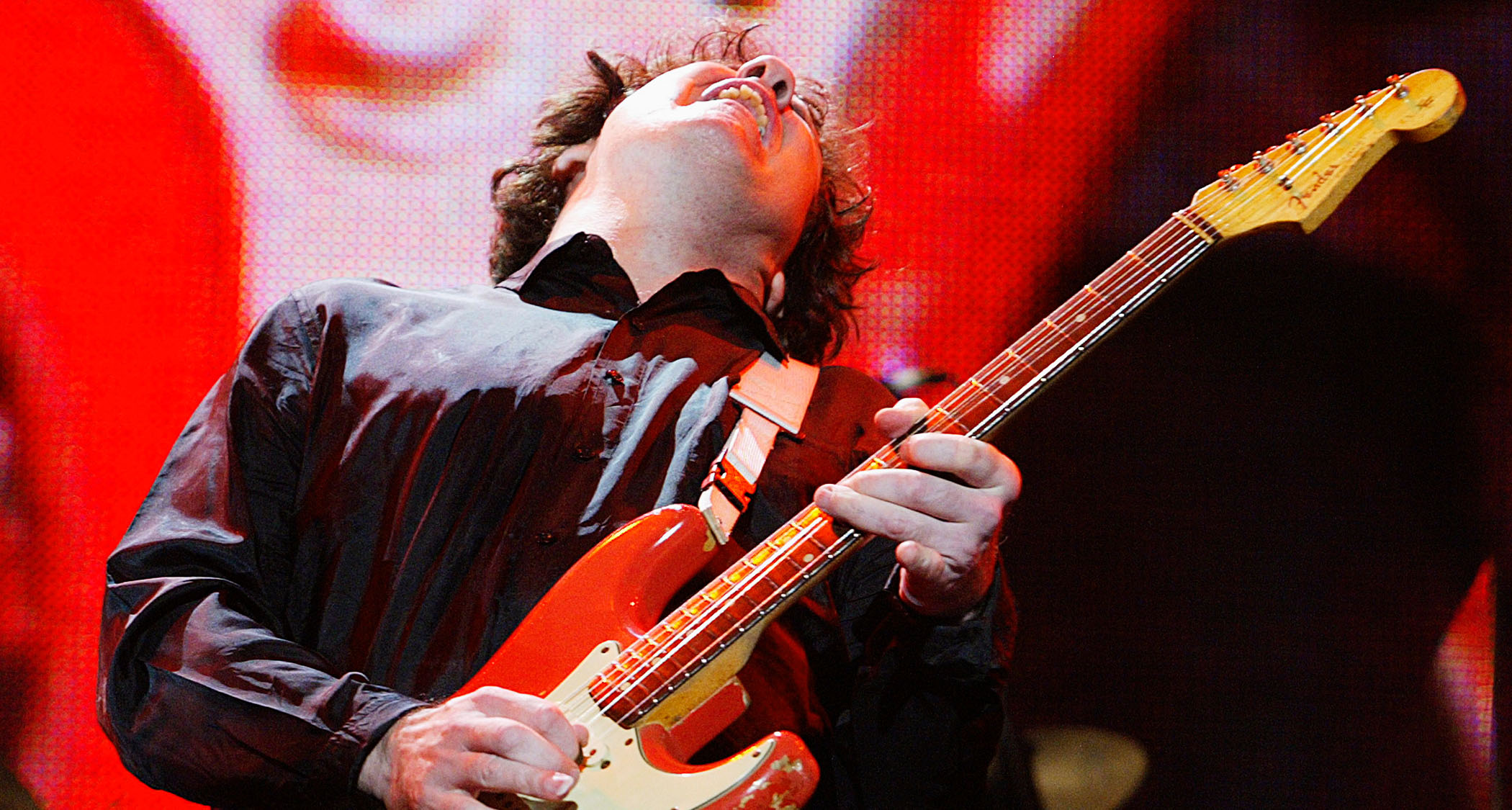
Some guitarists are remarkable for making their name with one guitar that is synonymous with their whole identity as a musician. Brian May, or perhaps Hank Marvin and his Red Strat come to mind.
Other players loom larger than individual instruments they own, or even genres. By turns taciturn and ablaze with feeling, Gary Moore shifted stylistic gears with remarkable ease.
From his roots in Belfast blues with Skid Row to barbed Celtic rock in Thin Lizzy and a ’90s return to his roots in Peter Green’s sound, Moore’s intensity lit up any track he played on. It was this burning thread that tied together the whole tapestry of his career.
Perhaps unsurprisingly, his guitar collection kept pace with his changing sound. He was a prolific collector, though always to a purpose, and since his passing in 2011 it’s taken three rounds of major auctions, all of which have been handled by Bonhams of London, to come to the final treasures of his guitar collection – and this November sees the most revered and loved of his guitars go under the hammer, including his treasured ‘Red Strat’.
“Bonhams has been privileged to offer the entire Gary Moore collection over the last 10 years,” reflects Claire Tole-Moir, who is Head of Science and Popular Culture at Bonhams.
“I think our first sale was in 2016 so it’s actually quite an honour to be offering the last of it. We’re calling it ‘The Final Encore’. And so the sale has about 30 guitars and 45 to 50 amps. And we’ve also got a large selection of pedals, effects, tape recorders and stage clothing as well, which we’re working through now.
“That part of the collection we haven’t offered before, so it’s nice to give [people] a bit of everything from what’s left in this collection. Prices start at £100, and obviously the top piece is his ‘Red Strat’, and that’s in at £200,000 to £300,000 – so there is something for everyone. It’s really broad,” she says.
All the latest guitar news, interviews, lessons, reviews, deals and more, direct to your inbox!
Claire agrees that it was the intensity of Gary’s performances that still kindles devotion among fans and collectors, over a decade after his death.
“He’s just revered – and so well respected,” she reflects. “And people really loved his music and the transition, over the years, from Thin Lizzy to his solo career and they’ve been quite loyal to him. Obviously, there’s a blues foundation through everything.
“But then there’s this rock side to him, and you’ve got the Northern Irish inspiration coming into a few tracks. But even as he changes style or look, people have stood by him – they just love his playing and the fact that when he performs, he loses himself. He’s really in the music and you go through it with him.”
Former Guitarist editor Neville Marten was fortunate enough to know Gary personally, and he says the instruments Gary acquired over his lifetime reflected his musical priorities and the curious mix of reverence and unsentimental pragmatism with which he approached guitars.
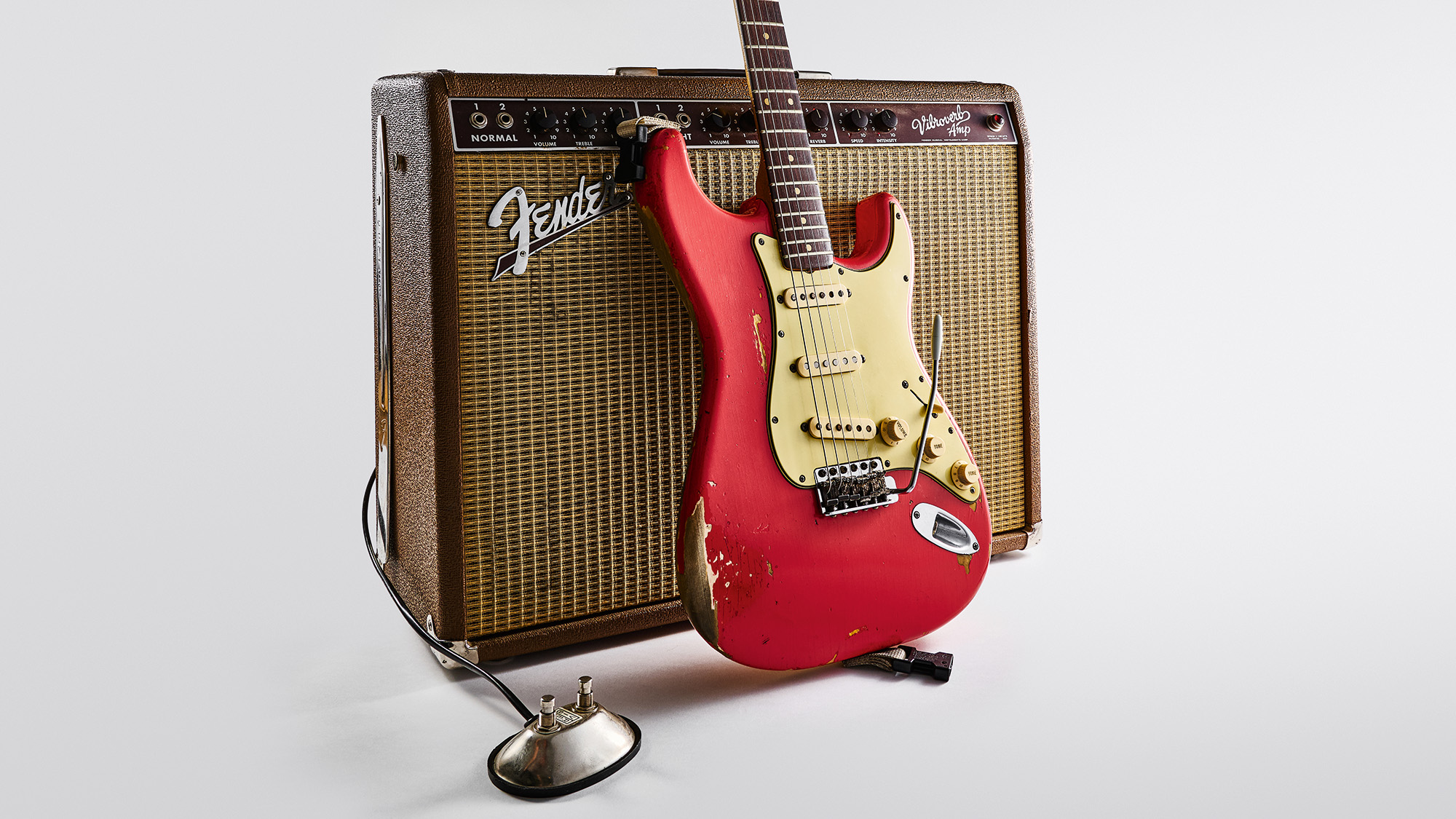
Neville recalls how a difficult first meeting with Gary thawed into a warm friendship after Gary discovered that Nev was a fellow student of the blues – and of guitar tone.
“I had to go and interview him about his After The War album,” Nev recalls. “It was one of those rock albums back in the ’80s, quite early on in Guitarist history, really. I had my questions prepped and everything, but, initially, Gary was very frosty, very spiky, which he could be with people he hadn’t met before.
“And so I was asking my questions and he was answering them perfunctorily well but really just going through the motions. But I’d noticed that on one of the tracks there was this little lick with an out-of-phase Les Paul sound on it. So I said, ‘On this track, you used the ‘Greeny’ Les Paul, didn’t you? Because I love that little out-of-phase sound.’ And his eyes lit up – he suddenly realised that I knew a little bit about what I was talking about. And from that point on, we were kind of all right.”
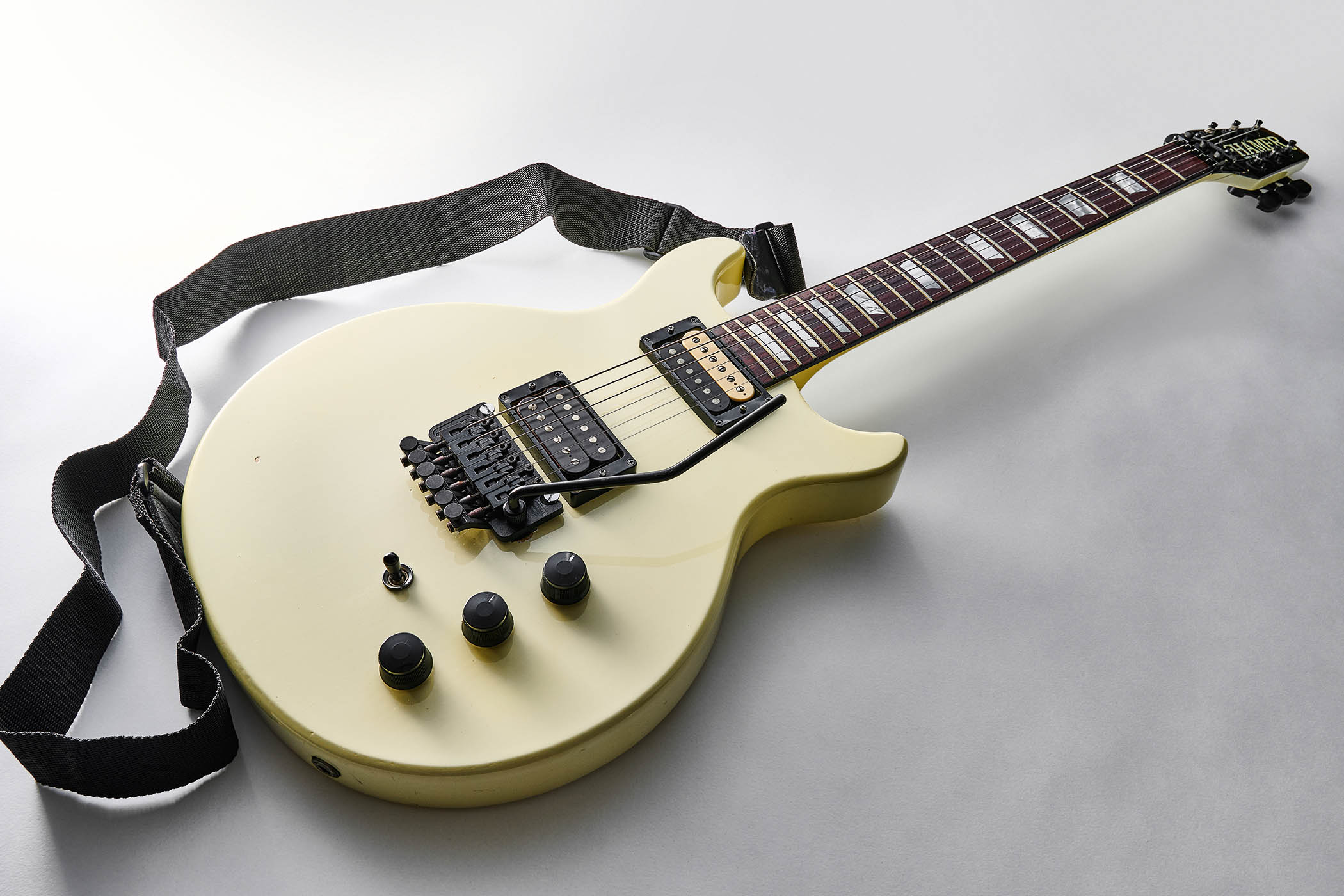
“We were a very similar age and we often discussed what it had been like hearing blues music for the first time,” Nev continues. “Our mutual introduction to blues had been the Blues Breakers [‘Beano’] album. And he said, ‘I remember that my friend put it on and [I was hooked from] that ‘jank’ sound when Clapton slides the first note up the neck on All Your Love,’ which is the first track. And I was the same: a friend of mine put it on and I thought, ‘Bloody hell, what was that?’ That was kind of it – we just hit it off.
“He later invited me on stage to play with him in Bath,” Nev recalls. “It was bloody great – Bernie Marsden and Gary and David Mead from the mag got up and played together. He was always complimentary about stuff and I think he treated me, in a way, as an ally in a world where he might not have allies. As you know, the press can be a bit hostile to certain types of people, certain types of music, but he knew that Guitarist was an ally to him, completely.”
Musical Pragmatist
Although Gary is perhaps best known for his work with Gibson Les Pauls, Nev says Moore wasn’t wedded to any particular approach, make, model or style of guitar – and although he loved vintage Gibsons and Fenders, he wasn’t afraid of modernity, either.
“I think Gary very much chose the instrument for the type of music he was playing. For instance, when he got into the rock stuff. I went to see him rehearsing in Sheffield once and he was just playing a huge white Gibson Explorer – it was a modern one, not even a posh one, just one off the shelf.
“It wasn’t an overly special guitar, but it suited his purpose visually and sonically. But then when he wanted to do the blues albums, in deference to Eric and Peter and the others, he got out the Les Paul,” Nev says.
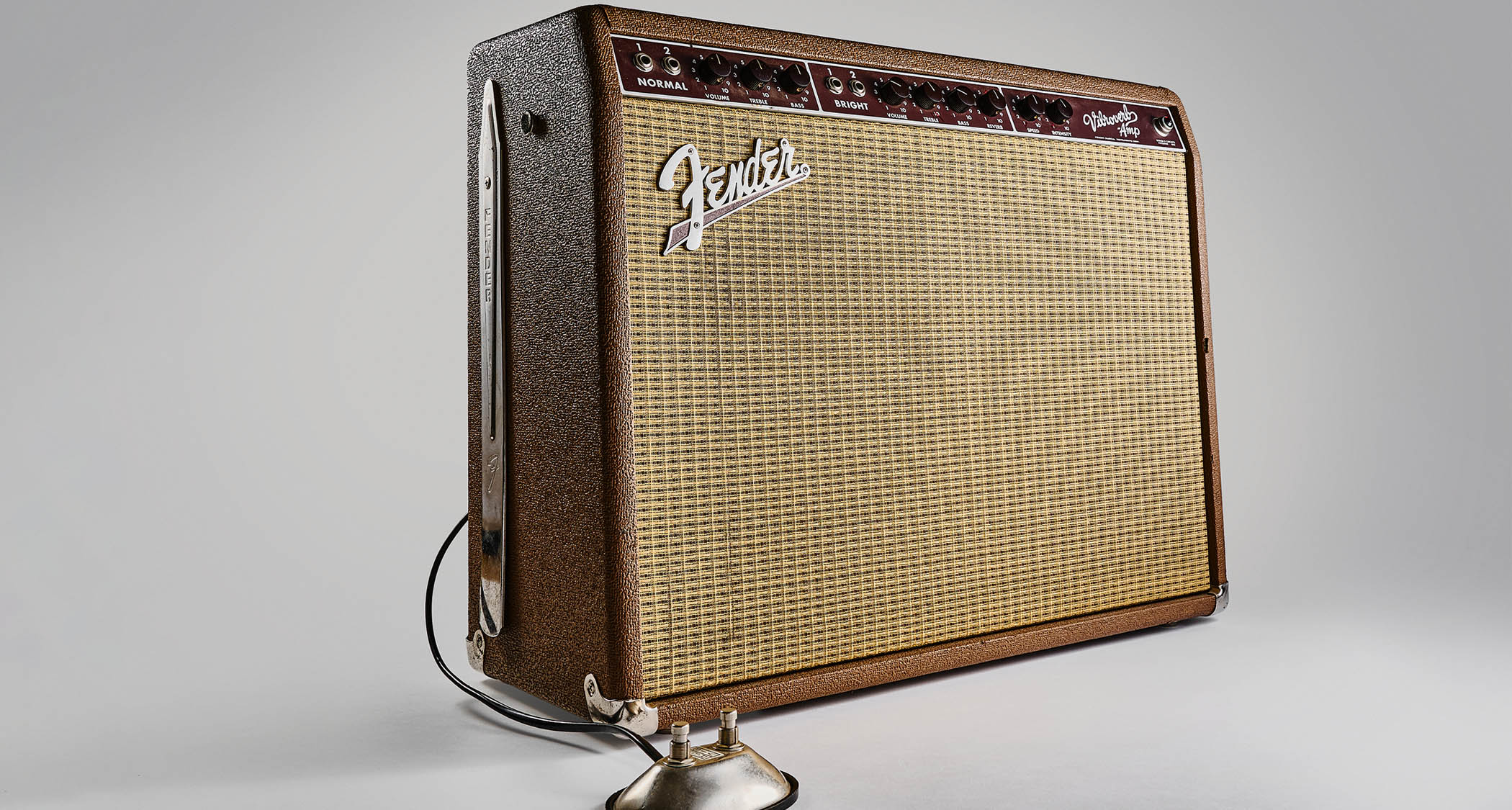
With such a pragmatic outlook – plus the means, motive and opportunity – it’s unsurprising, says Claire Tole-Moir of Bonhams, that Gary amassed a huge collection of gear during his 43‑year career.
“I think Gary was one of these guitarists who had an absolute love for collecting,” she says, “and there’s not that many who could do it. Because I think when he started collecting, it was a pivotal time in the vintage guitar market when you could [because vintage classics were more affordable earlier on], although he collected right up until 2010, [the year before] he passed away.
“And that is a luxury nowadays. If we look at how many of his guitars we’ve offered over 10 years, it’s amazing that we still have 30 guitars in this last tranche… It’s actually really rare that you get a collection this sizable and this varied. He was a proper collector and he loved it.”
A mixed portrait of the man emerges from his relationship with guitars – pragmatic about the tool value of guitars yet in love with the musical heritage they represented. Did Gary simply regard guitars as a means to get a job done or was he sentimental about some of them, we ask Neville Marten.
“Absolutely both: he loved and was totally sentimental about the ‘Greeny’ guitar and about the other Les Paul that he had [‘Stripe’, a ’59 Standard currently being offered for private sale POA via Bonhams]. Likewise, his ’63 335.
“He was very, very sentimental about things like that. But then he would go and buy a brand-new Les Paul off the shelf because he wanted to put Bare Knuckle PG Blues pickups in it to get to the out-of-phase sound in a modern guitar. So, again, he used what he needed at the time and what he felt suited the image that he was trying to create.”
In The Footsteps Of Heroes
One thing that unites Gary’s guitars with his recorded output is a love of ’60s blues. The electrifying sound of the ’60s blues boom was where he started and it was a touchstone he returned to for his celebrated 1990 album, Still Got The Blues.
Few guitarists are immune to the magnetic pull of emulating their heroes and Gary was no exception. Nev says this inevitably influenced his go-to instrument choices.
“Everyone wants the guitar that your first heroes played,” Nev argues. “And, you know, he got the Les Paul because of Eric and Peter. He also got the 335 because of Eric – who in turn had got the 335 because of Chuck Berry and B.B. King and Freddie King. So I think that’s kind of it. But Gary was also great on a 335 – he really pulled the expression out of that guitar.
“He used the controls so well, he would turn the Les Paul down to 2 and coax the sweetest tone out of it. Then he’d whack it up to 10, and flip the pickup from the neck to the bridge, or bridge to the neck, to get this vast change in character that he wanted. And he was very clever at that.”
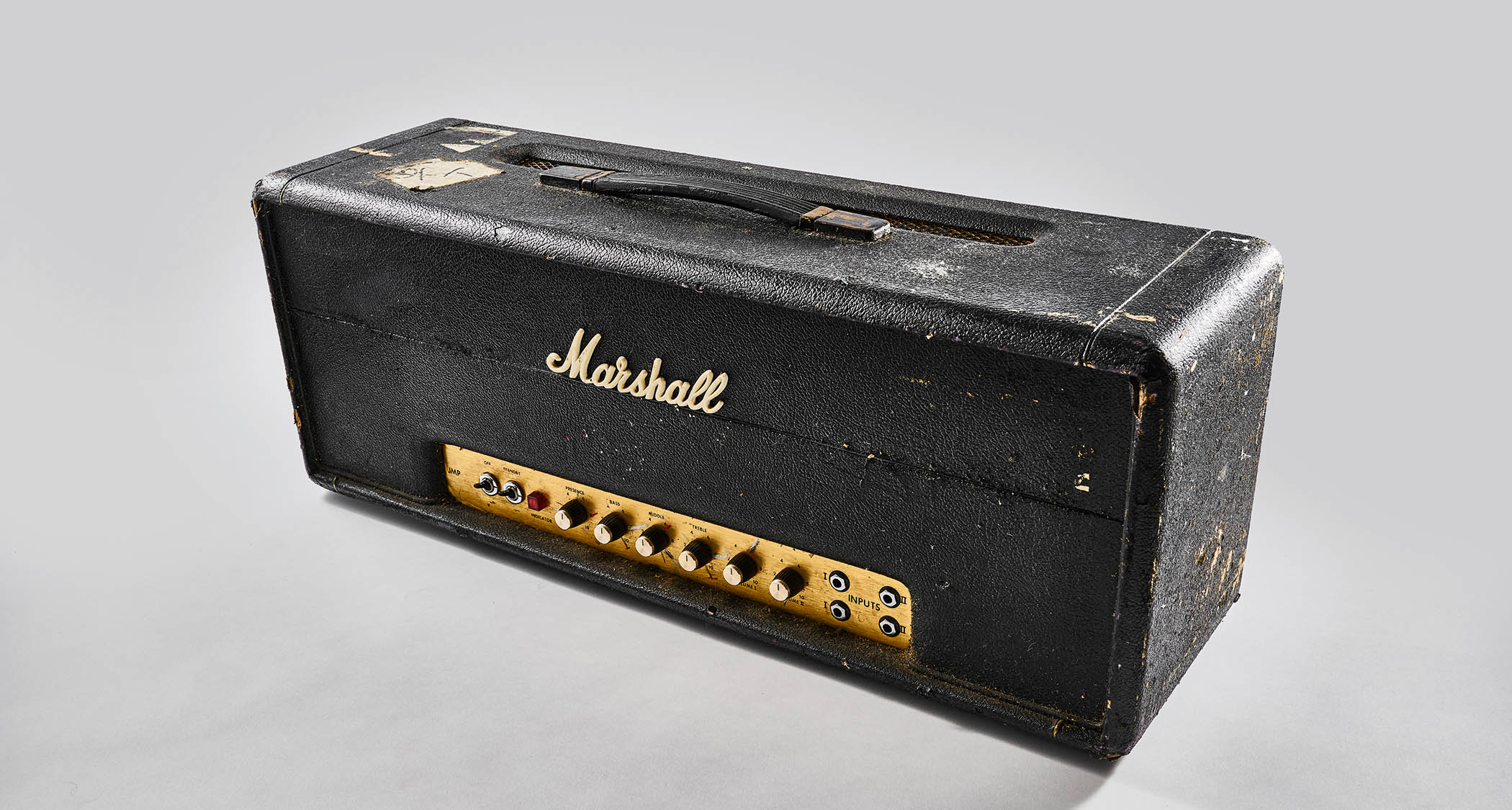
Despite the preponderance of Les Pauls in Gary’s guitar collection, the star of the November auction is undoubtedly his red 1960 Strat.
“The Fender Strat stands out because it’s only one of two Fenders in the collection of 30 that we have and, again, he is photographed extensively with it,” Claire Tole-Moir says. “It was a go-to, after ‘Greeny’ and ‘Stripe’.”
The Strat has remained a lodestar for fans, many of whom associate it with an absolutely incandescent performance of Hendrix’s Red House that Gary put in for Fender’s 50th Anniversary gig at Wembley Stadium in 2005.
I think he used nines on the Strat and Gary was a 10s player, mostly – so the nines on a Strat, for Gary, was pretty light
“He played it at Fender’s 50th anniversary [gig] and did a version of Red House that actually tore the house down – it was staggeringly good,” Nev Marten recalls.
“What was remarkable was he told me he’d just come back from a hand injury. He’d had something wrong in his hand, and it’d been operated on, and he’d got what he described to me as a kind of topical form of MRSA, like a local infection of the hand. It was very bad and he had to cancel the summer’s worth of work.
“I think he used nines on the Strat and Gary was a 10s player, mostly – so the nines on a Strat, for Gary, was pretty light. But he absolutely smashed that version of Red House.
“Obviously, he was a big Jimi fan. And he always told me, ‘I can do a Jimi, you know? I can actually pull out the Jimi licks, but I don’t do it because it’s not for me to do that – but I can do it.’ And I fully believe that. But he used a modern Strat on the rocky stuff; he wouldn’t bring the old ‘Red Strat’ out for that so much. He’d use a modern white Strat because it was a brighter, modern, more forceful sound.”
However, Nev adds that when it came to amps, Gary was much more settled in his preferences.
“He was very much a Marshall guy. He had a Soldano phase, but he always went back to the Marshalls,” Nev explains.
“He had a particularly bashed-up 50-watt combo that he went back to time and time again. You often find that a certain guitar will gel with a certain amp and he had that with his Les Paul and Marshall combination, especially the 50-watt. But, again, Gary probably got the 50-watt combo because of the ‘Beano’ album.”
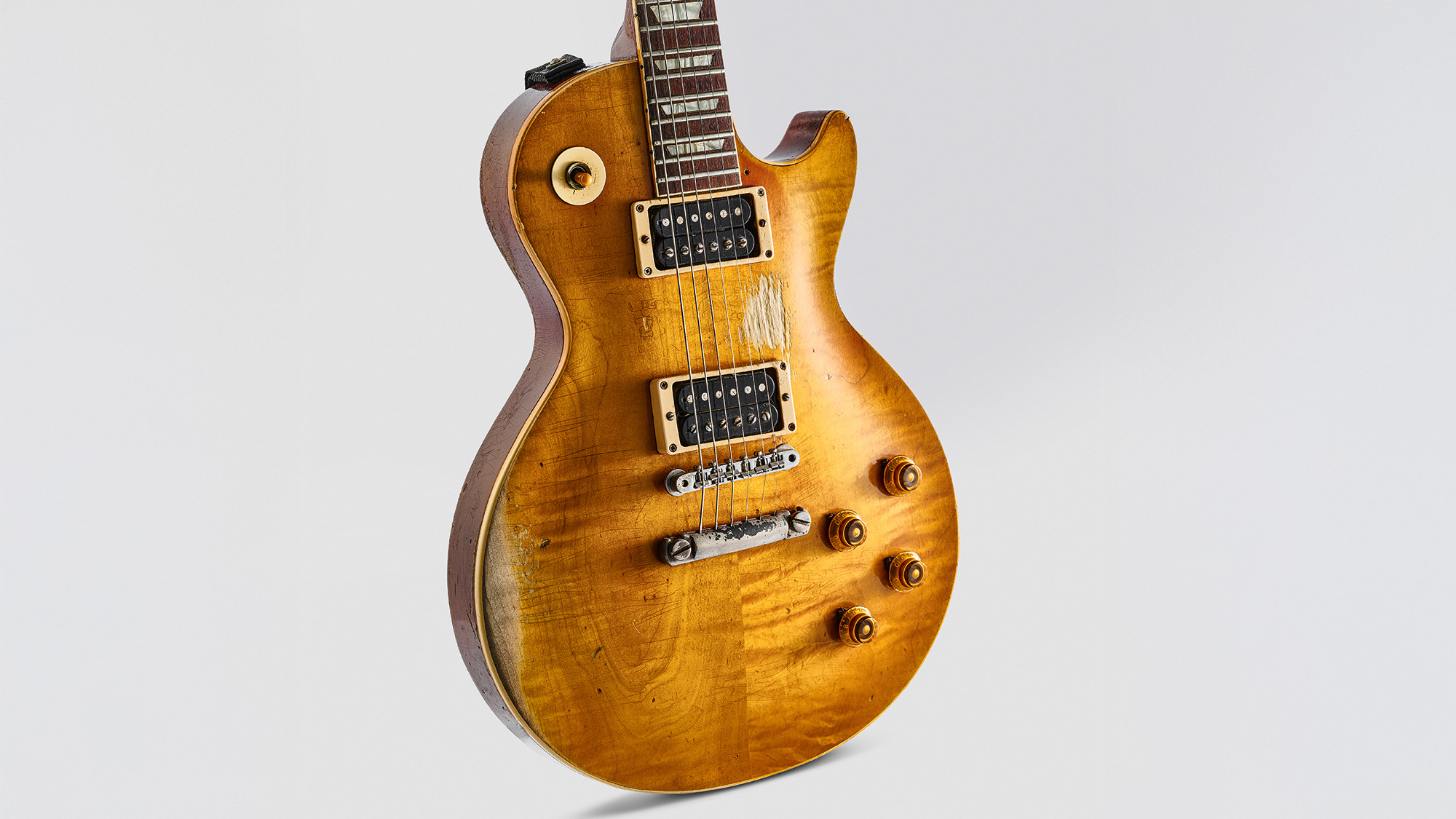
Though Marshalls may have been the sonic lens through which Moore most often focused his talents, they didn’t restrict him and, as mentioned, his work was stylistically wide-ranging. So what period of Gary’s work does Neville think showed Gary’s truest colours?
“Blimey, that’s so hard because he had all these phases, all the eras,” Nev reflects. “He did the rock thing, which I wasn’t the hugest fan of, but he did do it very, very well. I did like it when he did the blues albums – Still Got The Blues followed by After Hours. It was him going back to his formative influences – and he was very, very deft as a blues player. He did overplay sometimes and he admitted it.
“He said to me, ‘B.B. King told me to play every other note,’ which is quite nice, but he had that ability to absolutely milk a few slow notes. Played them beautifully. He once said to me, about playing fast: ‘People try to play fast before they can play slowly. If you don’t learn to play slowly, your fast licks will be badly played.’
“So the thing about Gary, for me, was the way that he could milk the sounds out of the guitar. You know, it wasn’t just a neck pickup, bridge pickup, it was, ‘What can I get out of what can I make this guitar do?’ For me, that’s what it was all about.”
- The Gary Moore Collection: The Final Encore auction takes place on November 20. See Bonhams for more information.
- This article first appeared in Guitarist. Subscribe and save.
Jamie Dickson is Editor-in-Chief of Guitarist magazine, Britain's best-selling and longest-running monthly for guitar players. He started his career at the Daily Telegraph in London, where his first assignment was interviewing blue-eyed soul legend Robert Palmer, going on to become a full-time author on music, writing for benchmark references such as 1001 Albums You Must Hear Before You Die and Dorling Kindersley's How To Play Guitar Step By Step. He joined Guitarist in 2011 and since then it has been his privilege to interview everyone from B.B. King to St. Vincent for Guitarist's readers, while sharing insights into scores of historic guitars, from Rory Gallagher's '61 Strat to the first Martin D-28 ever made.
You must confirm your public display name before commenting
Please logout and then login again, you will then be prompted to enter your display name.


